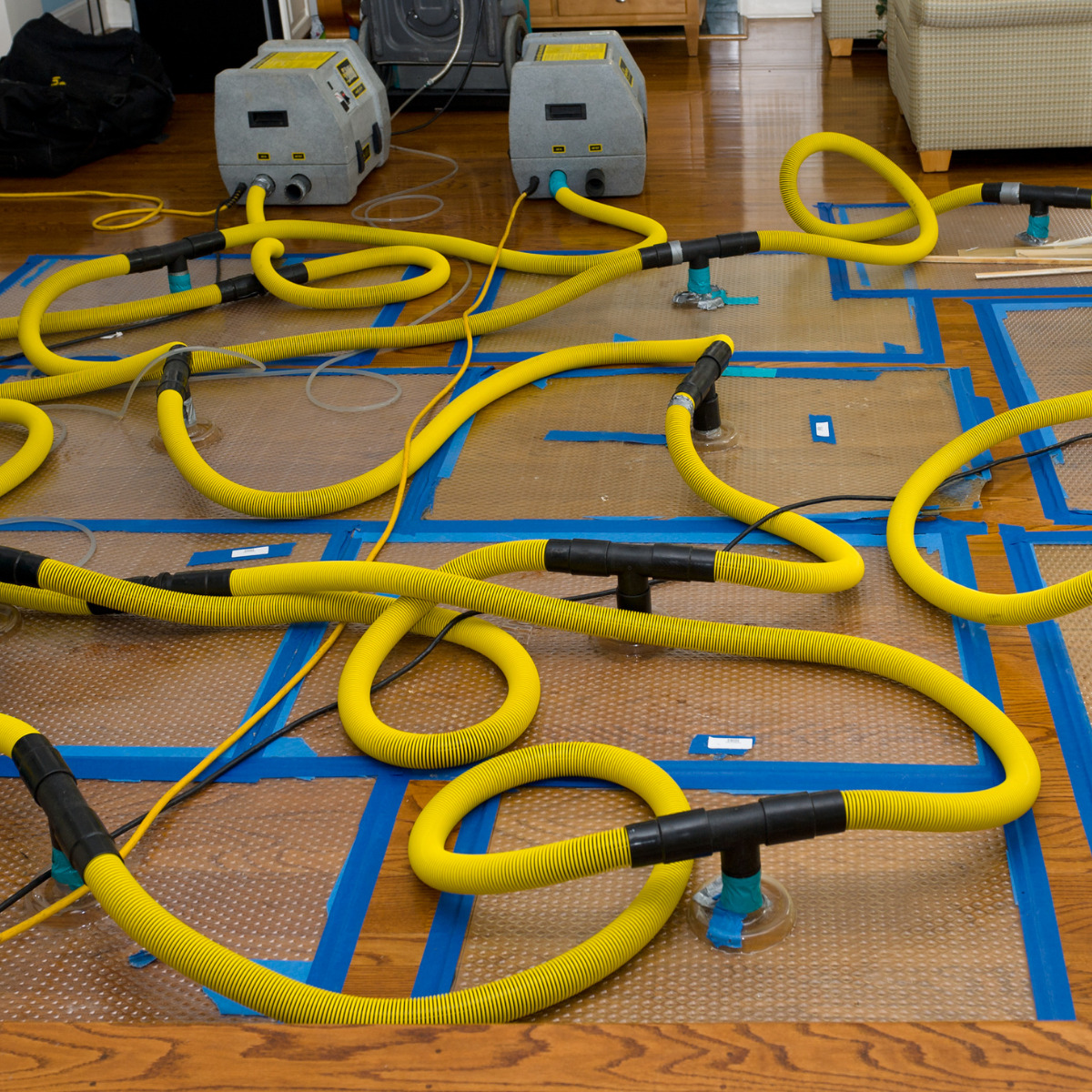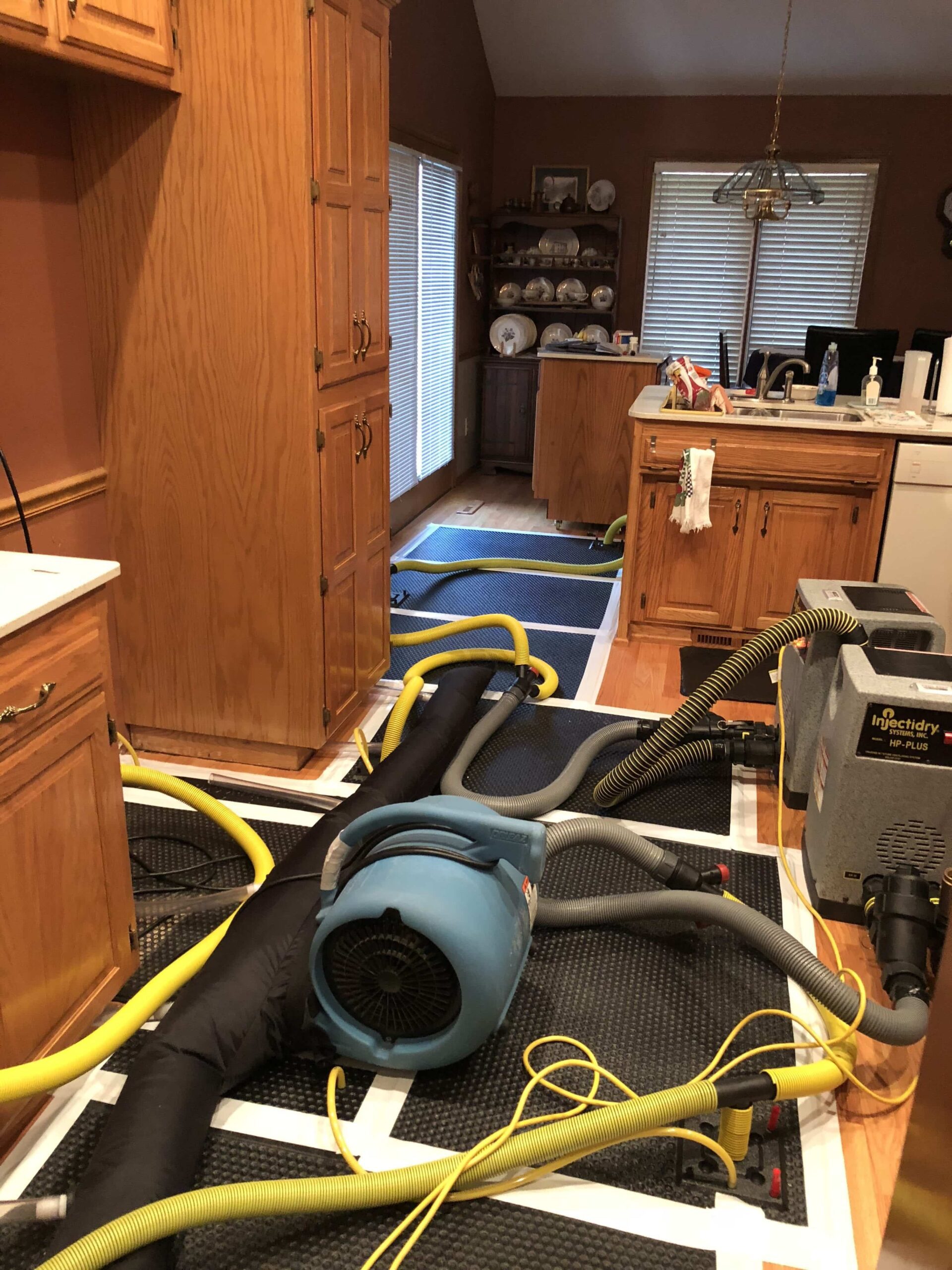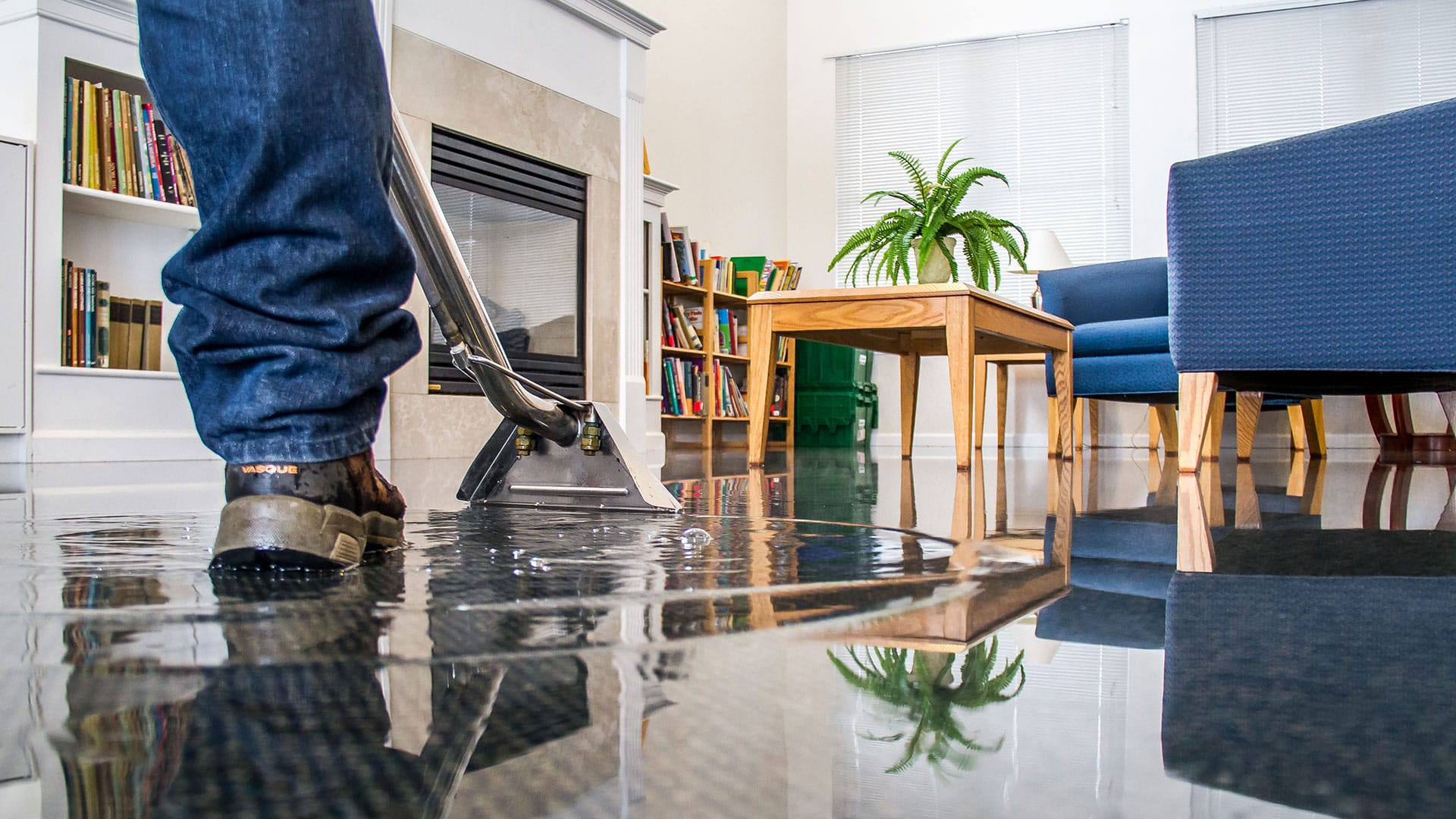Comprehensive Mold Inspection Philadelphia: Introduction Hidden Threats
Wiki Article
Emergency Situation Water Damage Remediation: Swift Action to Decrease Further Damages
Water damage can strike suddenly and leave disastrous impacts on homes and organizations. When faced with such a situation, a swift reaction is crucial to lessen more damages and prevent possible health hazards. However what precisely does emergency water damage remediation entail? In this discussion, we will look into the importance of prompt activity, the analysis procedure, the actions associated with water extraction and drying, mold and mildew avoidance and removal, and eventually, the remediation of the affected area. By recognizing the urgency and detailed nature of this process, you will obtain useful insights into just how experts deal with emergency water damages, making sure a swift and efficient response.Significance of Swift Reaction
Swift response is of utmost importance in water damages restoration to decrease further damages and reduce possible dangers. The longer water rests in a structure, the more damages it can create.
One of the main reasons quick feedback is crucial in water damage remediation is to stop the development of mold and mildew and mold. Mold not only causes additional damage to the framework of the structure however likewise presents wellness threats to occupants.
Water damages can be ruining, particularly when it affects individual products of financial or emotional value. Performing quickly allows specialists to examine the damage and implement ideal repair methods to salvage as much as feasible.
Evaluating the Extent of Damages

Throughout the evaluation, repair experts thoroughly analyze the afflicted location to recognize noticeable indications of damage, such as water discolorations, deformed materials, and mold development. They likewise use specialized tools to find concealed damage, such as dampness meters and thermal imaging cams. This detailed assessment enables them to accurately determine the level of the damage and create a tailored restoration strategy.
Examining the extent of water damages is important because it aids professionals prioritize their initiatives. They can identify locations that require prompt attention, such as standing water elimination and drying, to protect against further damages and minimize the risk of mold and mildew development. They can likewise establish the areas that require repairs or substitute, guaranteeing that no damages goes without treatment or undetected.

Water Extraction and Drying Out Process
The water removal and drying procedure is a critical action in water damage restoration, as it entails the removal of excess water and the thorough drying out of the affected location to stop more damage and alleviate the risk of mold development. After evaluating the level of the water damage, the following step is to draw out the water from the damaged area. This is commonly done utilizing customized tools such as pumps, dehumidifiers, and vacuum cleaners. These tools are made to efficiently and properly remove water from different surface areas, including carpetings, wall surfaces, and floors.When the excess water has been drawn out, the drying out procedure starts. This action is essential in stopping additional damages, such as architectural damages and the growth of mold and mildew. High-powered fans and dehumidifiers are used to circulate air and remove moisture from the air and surfaces. The drying procedure might take numerous days, relying on the level of the water damages and the products included.
It is important to make certain that the damaged location is totally dry before continuing with any kind of repair services or repair. Failing to extensively dry out the area can lead to lasting problems, including weakened frameworks, mildewy odors, and the growth of mold and mildew. Therefore, specialist water damage restoration firms utilize moisture discovery devices to guarantee that the damaged area is entirely dry before proceeding to the following step.
Mold And Mildew Prevention and Removal
Effective mold and mildew avoidance and removal are important in water damage repair to ensure the security and integrity of the damaged area. water damage restoration philadelphia. When water damages occurs, whether from a burst pipe, flooding, or a dripping roofing system, it develops a suitable environment for mold development. Mold and mildew can start to establish within 24 to 2 days after water damage, and if left without treatment, it can spread swiftly and cause severe wellness risksTo avoid mold development, like this it is crucial to attend to water damage quickly. The very first step is to fix the source and identify of the water invasion.
In situations where mold growth has currently taken place, remediation is required to get rid of the mold and avoid its return. This includes the cautious elimination and disposal of afflicted products, such as drywall or carpeting, to make sure that all traces of mold are gotten rid of. It is very important to keep in mind that mold remediation should be performed by specialists that have the needed training and equipment to safely eliminate and deal with mold.
Recovering the Affected Area

First of all, it is necessary to extensively dry out the location to avoid any kind of more damages and to hinder the development of mold and mildew and mold. This might include using specialized drying equipment, such as dehumidifiers and industrial-grade fans, to remove all dampness from the damaged surface areas.
When the area is completely dry, the remediation procedure can start. This might include repairing or replacing harmed structural elements, such as floor covering, ceiling, or drywall floor tiles. It is vital to attend to any type of underlying issues that might have created the water damage, such as leaky pipelines or malfunctioning pipes, to stop future occurrences.
Check Out Your URL Additionally, recovering the damaged area might likewise include painting walls, changing harmed fixtures, and extensively cleansing and sterilizing the room. This makes sure that not only is the location structurally sound, but it is likewise aesthetically pleasing and secure for occupancy.
Conclusion
In final thought, swift feedback is critical in decreasing additional damages triggered by water emergency situations. Evaluating the level of damage permits efficient water removal and drying procedures to be implemented. Furthermore, mold avoidance and removal are crucial in restoring the damaged area. Generally, timely action and thorough repair procedures are essential to reducing the unfavorable impacts of water damages.Swift action is of utmost relevance in water damages restoration to reduce additional damages and minimize potential dangers.Throughout the evaluation, reconstruction specialists extensively examine the affected area to determine visible indicators of damages, such as water stains, warped materials, and mold growth.The water removal and drying out procedure is an essential step in water damage remediation, as it includes the removal of excess water and the complete drying of the afflicted area to avoid further damage and mitigate the risk of mold and mildew development. After analyzing the level of the water damages, the next step is to extract the water from the damaged location.Reliable mold prevention and remediation are crucial in water damages reconstruction to make sure the security and stability of the affected location.
Report this wiki page